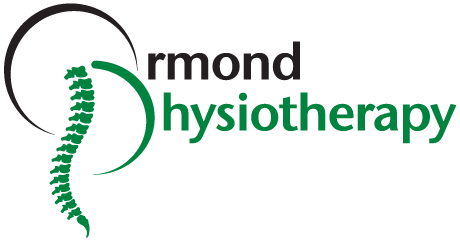Balance is defined as an even distribution of weight, enabling someone or something to remain upright or steady. Balance is achieved through the coordination of numerous body systems working together. These systems include the vestibular system (inner ear), the visual system (eyes), and somatosensory input (proprioception). All systems must work together to achieve optimal balance.
The importance of balance and balance training goes beyond being able to stand up straight, and is most certainly not limited to the elderly. Here are some aspects which optimal balance may help…
Improved Athleticism
See, we said that balance isn’t limited to the elderly! Although we’ve seen our fair share of incredible “mature” athletes, balance is incredibly important for young and professional athletes. Optimal balance can lead to increased agility, quicker reaction times and overall better performance.
Reduced Injury
Balance not only helps seniors avoid falls and serious injury, it helps all ages avoid injury. By giving yourself the best chance at remaining upright, you reduce the risk of injuries such as broken bones and concussion.
Pain Reduction
Balance training assists in pain reduction by challenging your body to work as a unit, thus engaging and strengthening muscle groups which may not usually get a workout. This can help improve posture, in turn helping to reduce back and neck pain.
Working on your balance is very easy! You need little to no equipment for most exercises too. Balance training can be broken into 3 phases. Here are some examples for each phase.
Phase 1
Heel Lifts with Bent Knees.
Stand with knees slightly bent. Lean forward slightly so that your heels are no longer in contact with the floor.
Be sure not to over balance, use a support (e.g. chair/wall) if required. Return to starting position. Repeat x 10.
Phase 2
Standing on an Unstable Surface
Place a pillow/cushion on the floor near a supportive surface. Hold onto the supportive surface as you place on foot, then the other, onto the pillow/cushion. Get your balance, then try to take your hand away from the support. Aim to stand as still as possible, allowing your feet and legs to keep your balance. Hold for 10 seconds, repeat x 5.
Phase 3
Tandem Walking whilst Throwing and Catching.
Stand up straight with a clear path in front. Imagine a straight line on the floor extending away from you. Walk along this “line” on the floor as if you are walking a tightrope. Throw a tennis ball up into the air and catch whilst continuing to walk in a straight line.
It is important to consult a health care professional before attempting to complete any exercises.
If you would like your balance to be assessed, or would like a personalised balance program, make an appointment with one of our experienced therapists today!
To book an appointment you can call our friendly team on 9578 6588 or click the button below.
COVID-19: We’re open for consultations – Read more

